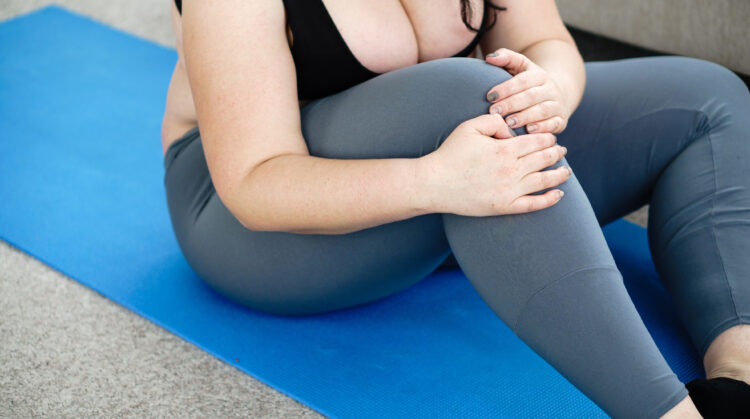
June 8, 2021
Tips for Joint care while at Home

Obesity affects Arthritis by putting excess load on your joints. This can cause pain and discomfort. Also a number of inflammatory mediators produced in fat affect joint tissues and play a role in joint pain. Osteoarthritis patients who lose weight have shown improvements in pain and physical function. Strategies aiming at reducing body fat and increasing muscle mass or strength would help to have better quality of life.
#1. Reduction in Pain : Adults with osteoarthritis who lose weight through a combination of diet and exercise over a period of time have lesser knee pain.
#2. Better joint function : Pressure inside the knee joint reduces with weight loss. This improves the overall joint functionality.
#3. Reduced inflammation : Losing weight in Arthritis patients helps in reduction of inflammation throughout the body.
#4. Improved Heart Health : Heart disease risk factors are linked to Excess weight , Arthritis, and Lower Metabolic Syndrome. With reduced weight, there is a reduced risk of heart disease and reduced joint pain.
#5. Improved Sleep : With healthy exercise program, reduced joint pain there is an improvement in the quality of sleep.
Those mostly come from plants, like veggies and fruits, whole grains, nuts and seeds, legumes, and herbs and spices. An anti-inflammatory diet is helpful for anyone who is trying to lose weight, but it’s particularly important if you have arthritis, These foods can help your body better manage normal inflammation, as well as help it put out the excess inflammation that comes with inflammatory arthritis.
Anti-inflammatory foods also indirectly support weight loss by boosting energy levels, improving digestion, and supporting decreased food consumption because these foods are more filling.
Research shows if you do even a little bit of exercise, pain will decrease, she says. That’s because any sort of exercise helps lubricate the joints and maintain function. Think of it like a creaky door hinge: If you don’t do anything, it gets worse and worse. But if you add a little oil and move back and forth, it gets better.
These are safe forms of aerobic exercise for people with arthritis, and they can help you control your weight and give you more stamina and energy. Walking, in particular, is great because it’s functional.
Start slow and break up your walk into short intervals to make it more manageable: 10 minutes in the morning and 10 in the afternoon, she suggests. Add a minute each week to both; it isn’t a huge increase but will eventually build up. Try to work up to 30 total minutes a day.
Eating sugar can make you crave more sugar. It may also feed the wrong kind of bacteria in the digestive tract. Some research shows that there’s a connection between an unbalanced gut microbiome and rheumatoid arthritis. Refined carbs, like white bread, cookies, and pastries, also promote inflammation.
This is a super healthy way to flavor food; plus, herbs and spices offer a wealth of anti-inflammatory plant compounds. Oregano is another potent flavor option that has lots of anti-inflammatory value, she says.
Mild dehydration is sometimes masked as hunger, so before you grab a handful of pretzels or nuts, sip some water and see if your hunger pangs subside. Staying well hydrated also helps you manage your appetite and weight and boost energy.